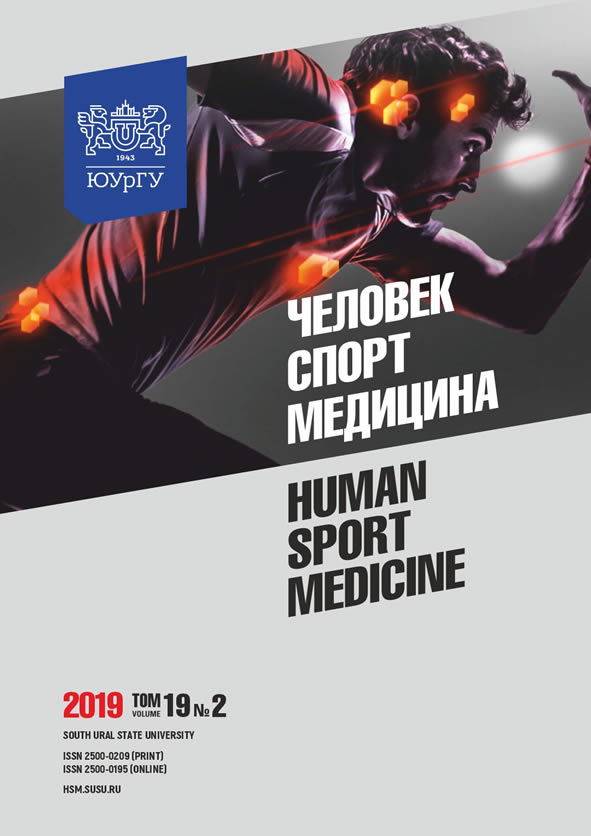EFFECT OF TRAINING WITH FEEDBACK ON STATIC AND DYNAMIC BALANCE IN STUDENTS WITH HEALTH LIMITATIONS
Abstract
Aim. The article deals with establishing the effect of training with feedback on static and dynamic balance in students with health limitations. Materials and methods. We examined 27 students with health limitations – 17 students with musculoskeletal disorders and 10 students with pronounced myopia. For 10 days, students had 20-minute physical activity using training equipment with feedback. In students with health limitations, we performed the analysis of static and dynamic balance before and after training with feedback. Results. It is established that training with feedback improved static and dynamic balance in students with health limitations. This tendency is manifested in reducing the variance of body position average values in sagittal and frontal planes, reducing the area of the ellipse, its width and length. The majority of changes are typical for the sagittal plane. The role of the vestibular analyser increases, while the dependence between balance and the visual analyser decreases. The effect of training with feedback is most pronounced in students with visual impairments. Conclusion. Training with feedback improves static and dynamic balance, increases the role of the vestibular analyser, and reduces the dependence between balance and the visual analyser in students with health limitations.
References
References on translit
Copyright (c) 2019 Human. Sport. Medicine

This work is licensed under a Creative Commons Attribution-NonCommercial-NoDerivatives 4.0 International License.















